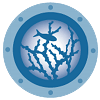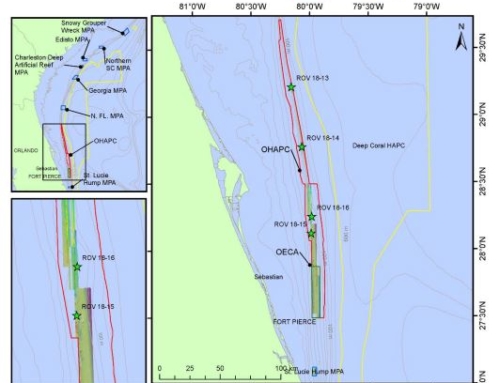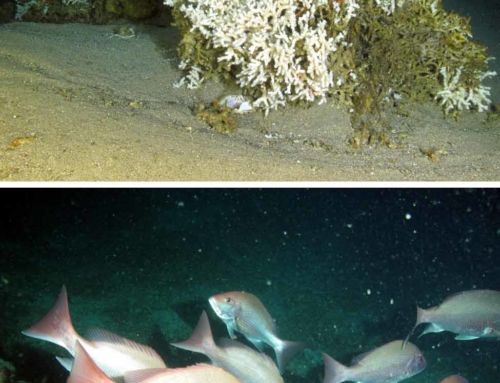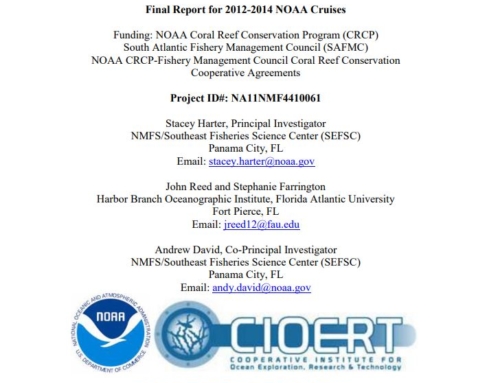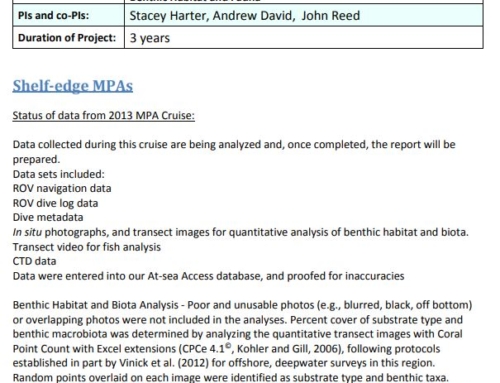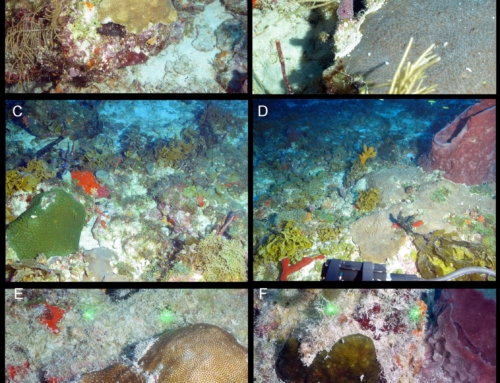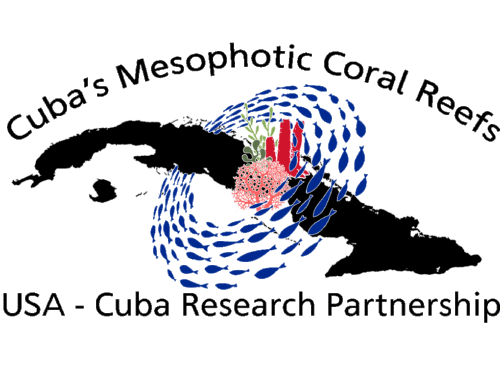Project Description
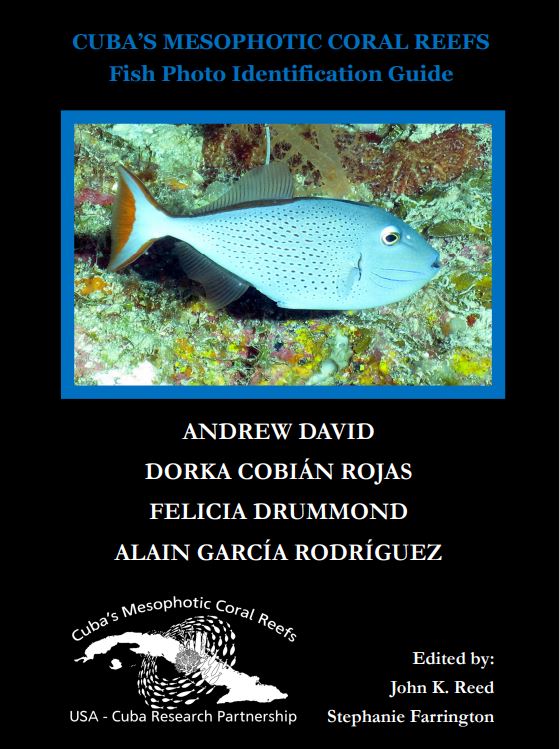
Cuba’s Mesophotic Reefs- Fish Photo Identification Guide
Andrew David, Dorka Cobián Rojas, Felicia Drummond, Alain García Rodríguez
Introduction
Mesophotic coral reef ecosystems (MCEs) are light-dependent benthic communities that occur deeper than shallow reefs and typically range from depths of 30 m to the bottom of the photic zone, which may extend to >150 m in some regions. MCEs represent in part an extension of shallow-water coral reef ecosystems and support a diverse assemblages of habitat-building taxa, including corals, sponges and algae, and associated fish (Reed, González-Díaz, Busutil et al., 2018).
Many MCEs worldwide appear to be thriving compared to shallow reefs. The deep reef refugia hypothesis suggests that MCEs may be less impacted from natural and anthropogenic impacts than shallow coral reefs, and may be more stable and resilient than shallow reefs. MCEs may also act as refugia for shallow reef species through the export of fish and coral larvae. However, it is now apparent that MCEs are also vulnerable to disturbances from all facets of perturbations including climate change, bottom trawling, invasive species, and pollution.
Whereas considerable data have been reported regarding the distribution, ecology, and health of Cuba’s shallow reefs, relatively little is known about the distribution, community 3 structure and health of Cuba’s deep mesophotic reefs. Cuba’s strong marine policies and legislation has already resulted in 105 MPAs, covering nearly 25% of its insular shelf, yet overfishing, poaching, pollution and global warming are threats to these vulnerable ecosystems, as reefs worldwide are threatened.
This photo album of selected fishes associated with Cuba’s mesophotic reefs resulted from a recent joint Cuba-U.S. expedition that was conducted from May 14 to June 13, 2017 to map and document the extent and health of mesophotic coral ecosystems (MCEs) along the entire coastline of Cuba. Total ship transit around the island covered ~2,778 km (~1,500 nmi). Forty-three Remotely Operated Vehicle (ROV) dives at 36 stations confirmed the presence of MCEs habitat on all coasts of Cuba (Reed et al. 2018; Figure 1, Table 1).
ROV dives surveyed reefs from depths of 188 m to 18 m, covered 27 km, totaled 99 hours of bottom time, and resulted in 110 hours of high-definition video. A total of 21,146 digital still images documented habitat and species. The primary geomorphological features were the Deep Island Slope (125- >150 m), Deep Fore-Reef Escarpment (the ‘Wall’, 50-125 m), and Deep Fore-Reef Slope (30-50 m). Most vertical surfaces of the Wall were covered with dense sponges, algae, octocorals, and black corals. Agaricia was the most abundant scleractinian genus on the Wall at depths of 50-75 m, and was observed to 122 m.
A total of 178 fish species were identified from the ROV transects (Reed et al. 2018). Between 60 and 150 m, fish diversity and abundances were low at all sites, whereas from 30-60 m the diversity increased, as well as the frequency and abundance of fish species. The deep island slope zone (125- 150 m) was dominated by Blackcap Basslet (Gramma melacara), Cave Basslet (Liopropoma mowbrayi), 4 Sunshinefish (Chromis insolata), Blackfin Snapper (Lutjanus buccanella), Longjaw Squirrelfish (Neoniphon marianus) and Longspine Squirrelfish (Holocentrus rufus). The walls (lower mesophotic reef zone, 50-120 m) and upper deep fore-reef (30-50 m) were inhabited by species common on Cuban shallow reefs, including numerous species from the families Acanthuridae, Balistidae, Carangidae, Chaetodontidae, Haemulidae, Holocentridae, Labridae, Lutjanidae, Pomacanthidae, Pomacentridae, and Serranidae. Groups of jack (Caranx latus, C. ruber and C. lugubris) were frequently observed. Ten species of grouper (Serranidae) were identified throughout the sampling area including Coney (Cephalopholis fulva), Graysby (Cephalopholis cruentata), Nassau Grouper (Epinephelus striatus) and Red Hind (E. guttatus). We observed Lionfish (Pterois volitans/miles) at most sites; the greatest depth was 188 m at Cabo Lucrecia (Site C-54B).
David, Andrew, Dorka Cobián Rojas, Felicia Drummond, Alain García Rodríguez. 2018. Cuba’s Mesophotic Reefs- Fish Photo Identification Guide; editors- John K. Reed, Stephanie Farrington. Cooperative Institute for Ocean Exploration, Research and Technology (CIOERT) at Harbor Branch Oceanographic Institute-Florida Atlantic University (HBOI-FAU). First Edition: October 2018. Ironside Press, Vero Beach, Florida. HBOI Contribution Number 2188.

